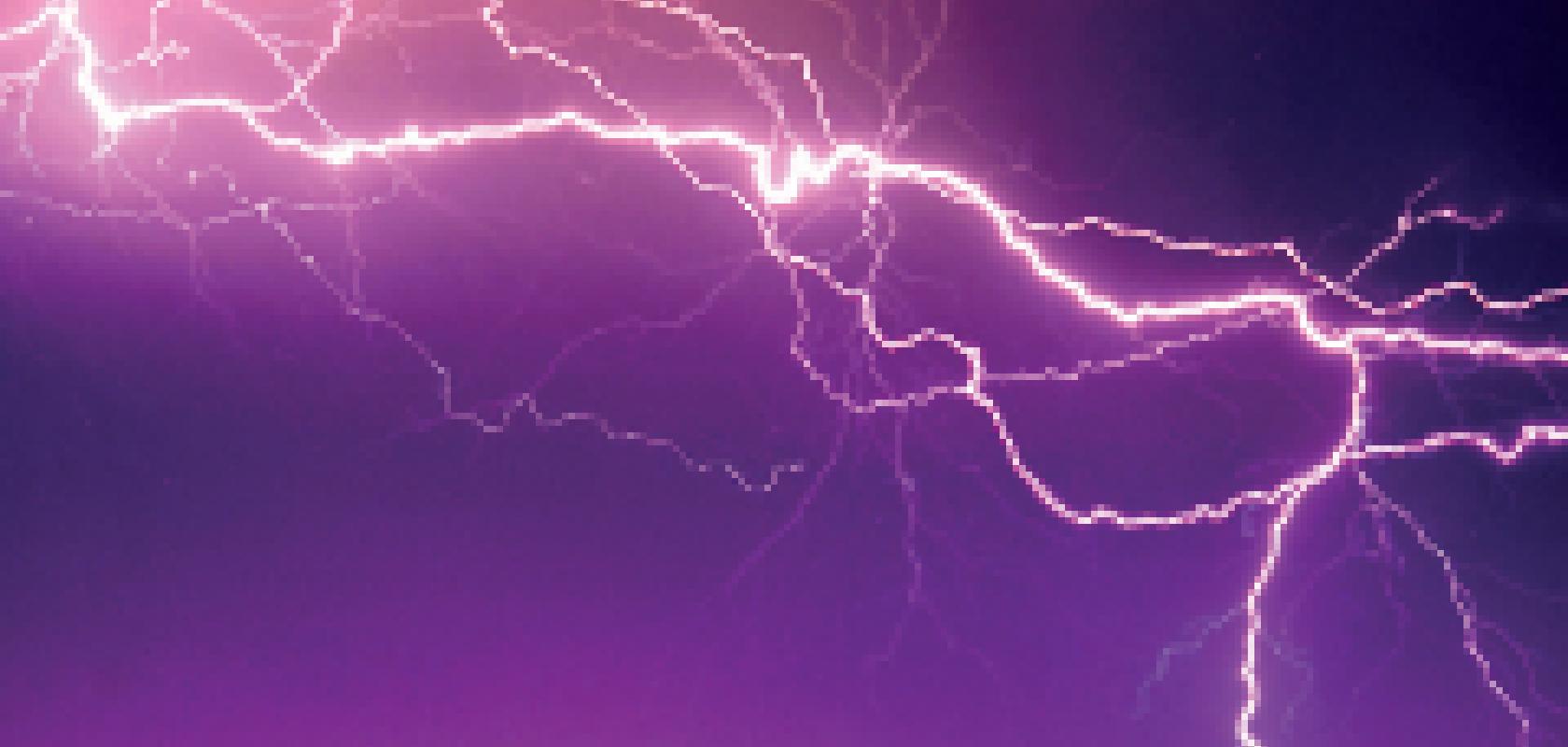Laser induced lightning has been perfected by the US military to create a weapon that will detonate unexploded ordnance and enemy vehicles.
While the technical challenges of an adequate mobile power supply, synchronising the laser with the high voltage that is applied and making the system rugged enough for battlefield use remain, the US Army, which funded the work, has been happy with the outcome.
‘Definitely our last week of testing in January 2012 was a highlight. We never got tired of the lightning bolts zapping our simulated targets,’ said George Fischer, lead scientist on the project. The Laser-Induced Plasma Channel, or LIPC, is designed to destroy targets that conduct electricity better than the air or ground that surrounds them. When lightning from a thunderstorm leaps from cloud to ground, it behaves just as any other sources of electrical energy and follows the path of least resistance; whichever conducts it best. Since the voltage drop across the target would be the same as the voltage drop across the same distance of ground, current flows through the target. In the case of unexploded ordnance, it would detonate because a target, an enemy vehicle or even some types of unexploded ordnance, would be a better conductor than the ground it sits on.
It works because when a laser beam is intense enough, its electro-magnetic field is strong enough to rip electrons off of air molecules, creating plasma that is then the conduit for the lightning bolt. Scientists and engineers at the US military’s Picatinny Arsenal facility have developed the device that will shoot lightning bolts down these laser beams to destroy its target.
Fischer explained how the laser beam is able to create a conduit for something as powerful as a lightning bolt. ‘Light travels more slowly in gases and solids than it does in a vacuum. We typically think of the speed of light in each material as constant. There is, however, a very small additional intensity-dependent factor to its speed. In air, this factor is positive, so light slows down by a tiny fraction when the light is more intense.’ Because of this intensity, this optical amplifier effect can output power levels up to 50 billion watts. During the duration of the laser pulse, it can be putting out more power than a large city needs, but the pulse only lasts for two-trillionths of a second.
For very powerful and high intensity laser pulses, the air can act like a lens, keeping the light in a small-diameter filament. The US military use an ultra-short-pulse laser of modest energy to make a laser beam so intense that it focuses on itself in air and stays focused in a filament. To put the energy output in perspective, a big filament light bulb uses 100 Watts while the lightning bolt optical amplifier output is that 50 billion Watts. As the resulting plasma is located along the path of the laser beam it can be directed wherever needed by moving a mirror. Fischer said: ‘The plasma channel conducts electricity way better than un-ionised air, so if we set up the laser so that the filament comes near a high voltage source, the electrical energy will travel down the filament.’ Even though the physics behind the project is sound, the technical challenges were many, Fischer recalled.
‘If the light focuses in air, there is certainly the danger that it will focus in a glass lens, or in other parts of the laser amplifier system, destroying it,’ Fischer explained. ‘We needed to lower the intensity in the optical amplifier and keep it low until we wanted the light to self-focus in air.’
Work on the lightning inducing plasma laser weapon is ongoing. It is an example of the many directed energy weapons the US military has been developing.


